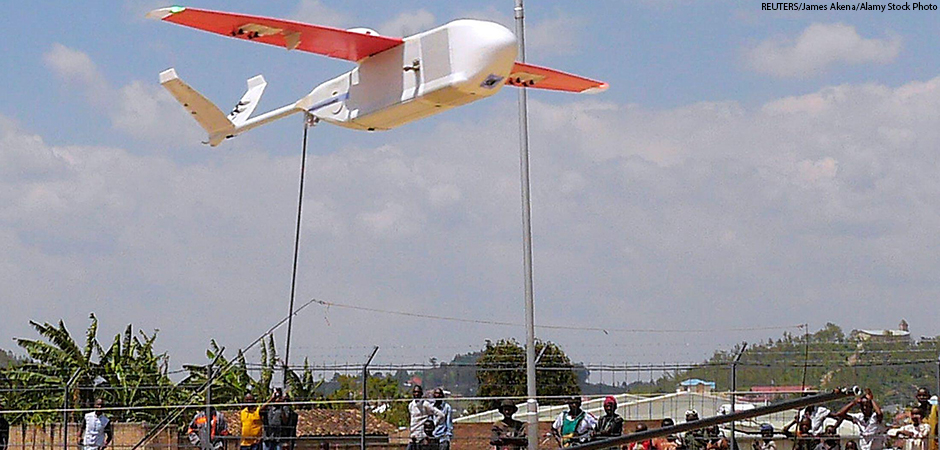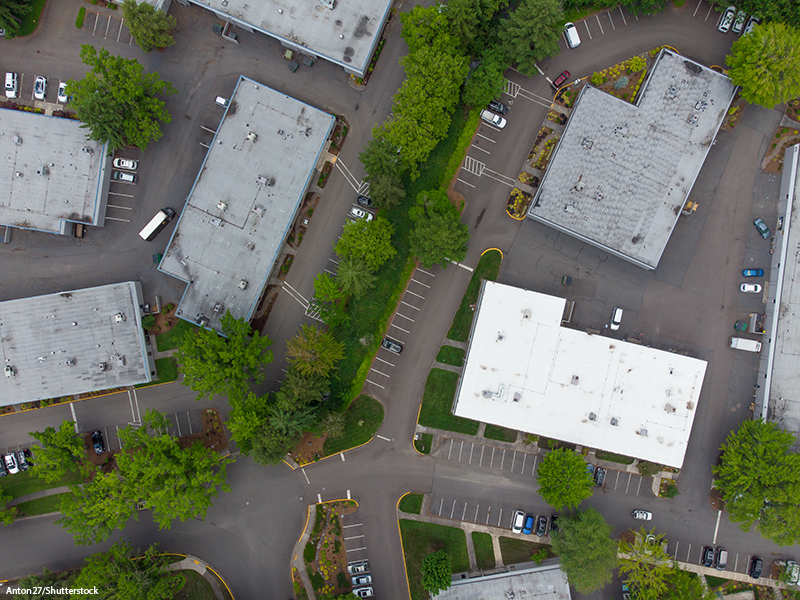
What if you could order anything you wanted online, and have it delivered exactly where you want it in under ten minutes? Thanks to a company called Zipline, which uses drones for delivery, this is becoming a reality. But Zipline didn’t always deliver groceries and electronics. The company began in 2014 as an innovative way to save lives. Here, btw takes a closer look at this innovative company.
A Lifesaving Idea
Zipline is a U.S. startup that began in a tragic way. A public health researcher in Tanzania named Zachary Mtema began keeping a list of all the people who died in his country due to lack of access to adequate medical supplies. This includes such issues as snake bites and heavy bleeding after childbirth. Then two Harvard roommates named Keller Rinaudo (a robotics expert) and Will Hetzler (an aviation consultant) met Mtema in Tanzania. Rinaudo and Hetzler saw the list and realized right away that drones might be the answer to the problem. With that realization, Zipline was born.
In 2017, Zipline partnered with the Rwandan government to launch the world’s first drone medical delivery service. Zipline delivered blood and other essential medical supplies to more than a dozen hospitals by drone. This saved thousands of lives. In some African countries, many hospitals don’t have the money or the electricity to keep their own refrigerated blood banks on-site. Before Zipline, it took several hours to deliver blood or supplies where they were needed because of congested or unreliable roads. Zipline’s technology turned that wait time into minutes. In the first year alone, drones carried thousands of units of blood to hospitals around Rwanda and saved many lives.
Other countries quickly began adopting this technology. In Ghana, Zipline established four distribution centers around the country. These centers were capable of making up to 500 flights a day, with a delivery time of seven minutes or less. The drones carried blood and other essential medical supplies, but also vaccines. In Japan, which has a large elderly population and many rural or island areas that are difficult to reach, Zipline has been especially useful. Today, the company has fourteen distribution centers throughout the world in places like Nigeria, Kenya, and more.
Not a Drone Company
The founders of Zipline are clear that Zipline isn’t a drone company; it’s a medical delivery service company that uses drones. The Platform 1 “Zips,” or drones, look a lot different than the traditional camera drones used by police and the news media. They are more like tiny airplanes that fly faster and longer on a single charge than a traditional drone can. Zips drop their load via parachute, so that no one on the ground has to be trained to re-launch them; all they have to do is retrieve what comes down in the parachute. The whole process, from order to launch, takes about seven minutes.
Zips are good in other ways as well. They are fully electric and battery powered. This means that they are zero-emissions. They are inexpensive compared to other forms of transportation and reduce traffic on the roads. They also prevent waste, since they can deliver just what’s needed, exactly when it’s needed. And Zipline became even more essential during the worldwide COVID-19 pandemic, delivering vital supplies such as insulin and cancer treatments.
A Different United States Model
Here in the United States, where there is not as much need for services such as blood delivery, Zipline is focusing on delivering consumer products. The company began by partnering with Walmart. Today, they partner with many other businesses, such as Jet’s Pizza and Panera Bread. The biggest advantage is speed; customers receive orders just minutes after they place them using the app. Zips in the United States can travel up to 70 miles per hour and can hold up to eight pounds. They carry everything from groceries to electronics to pet food to prescription drugs.

In 2023, Zipline introduced Platform 2. This new model features a tethered container that holds the cargo. The drone hovers over the delivery site and unspools the cargo container. Once on the ground, the container automatically releases the package. Then the hovering drone winches the container back into the drone and returns to the distribution site.
While Platform 1 Zips could accurately lower a product onto an area about the size of two parking spaces, Platform 2 Zips can now reliably deliver a product into an area just one meter in diameter (roughly the size of the top of a picnic table). This service is especially valuable in urban areas, where delivery spaces are smaller. Deliveries continue to be fast, safe, and private.
